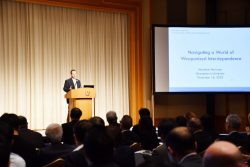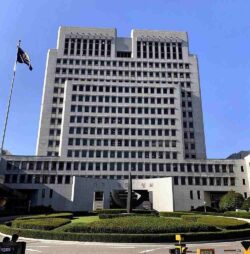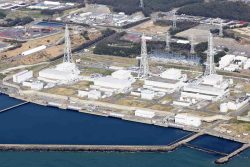China to Resume Importing Japanese Marine Products; Beijing Will Join Monitoring Activities Conducted by IAEA
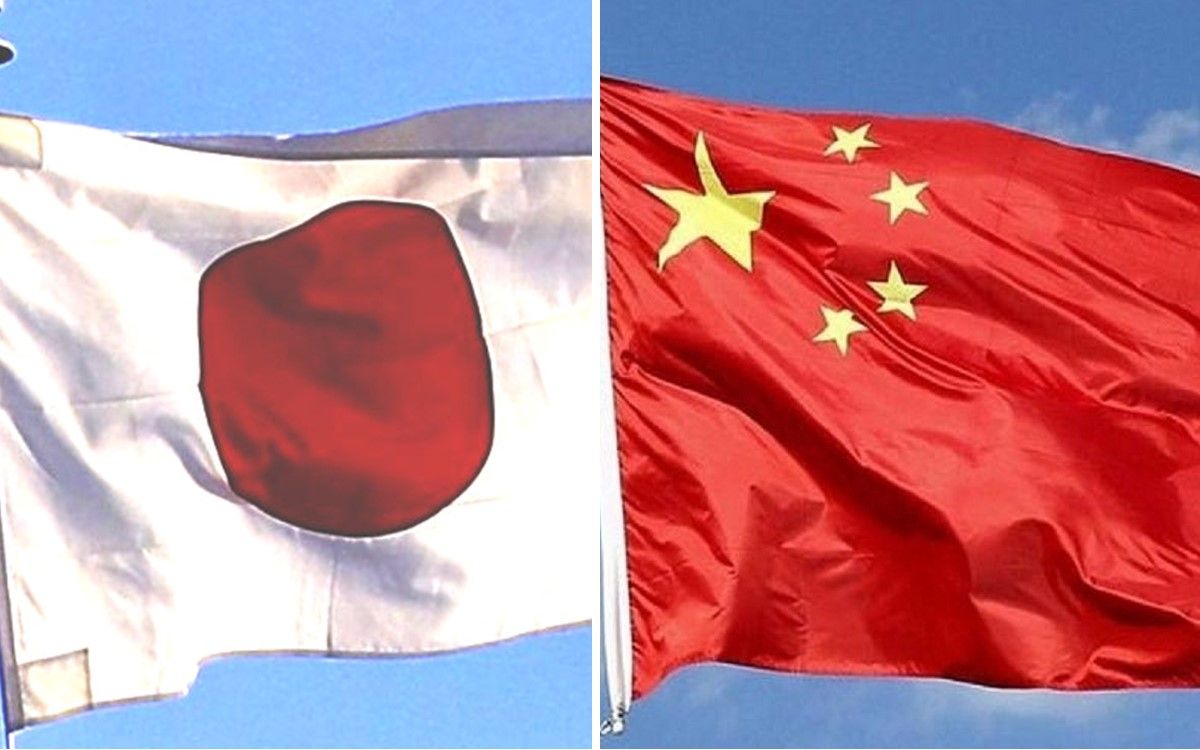
18:19 JST, September 20, 2024
BEIJING — China will gradually resume importing Japanese marine products, the Chinese Foreign Ministry announced Friday.
Beijing has imposed a blanket ban since Japan began discharging treated water from the Fukushima No. 1 nuclear power plant in August 2023.
The Japanese and Chinese governments have reached an agreement that China will lift its ban on Japanese marine products. Beijing will join the discharge monitoring activities conducted by the International Atomic Energy Agency and will accept marine products meet the organization’s standards.
Japan, IAEA to expand monitoring
The Yomiuri Shimbun
Japan and the IAEA agreed on Friday to expand discharge monitoring activities, such as testing more samples of seawater and fish. China has been calling for the expansion of sampling areas.
Prime Minister Fumio Kishida had a phone meeting with IAEA Director General Rafael Grossi on the day, during which they discussed the expansion of monitoring activities.
The two countries have continued discussions involving experts and others. China demanded that Japan expand its sampling areas to include the soil around the nuclear power plant and other locations. While Japan insisted it was conducting the necessary tests in accordance with the IAEA criteria. Due to such disagreements, the two countries could not reach a consensus.
The move to expand monitoring activities will be not only in line with Japan’s stance of focusing on the monitoring system, which is a framework led by IAEA, but it will also give certain considerations to China.
Currently, the IAEA inspects the safety of treated water just before it is released into the ocean. A possible new measure is to expand the monitoring system by allowing institutions of third-party countries, including China, to analyze the samples and join the monitoring activities.
The U.N. nuclear watchdog also monitors abnormalities in the levels of radioactive substances by taking samples of seawater and sand from the ocean floor from areas near the nuclear power plant in cooperation with institutions of various countries. It is expected to increase the number of sampling areas.
"Politics" POPULAR ARTICLE
-

Japan to Charge Foreigners More for Residence Permits, Looking to Align with Western Countries
-

Japan to Support Central Asian Logistics Route That Bypasses Russia, Plan to Be Part of Upcoming Summit in Tokyo
-

Japan to Tighten Screening of Foreigners’ Residential Status by Providing Information of Nonpayment of Taxes
-

Takaichi Cabinet Approval Holds at 72% as Voters Back Aggressive Fiscal Stimulus, Child Benefits
-
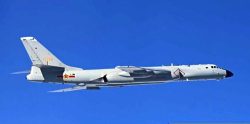
Chinese, Russian Bombers Flew Unusual Path by Heading Toward Tokyo; Move Likely Meant to Intimidate Japan
JN ACCESS RANKING
-
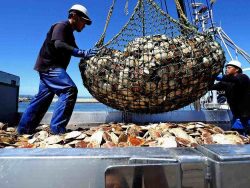
Japan’s Hopes for Seafood Exports Shot Down in China Spat
-

Keidanren Chairman Yoshinobu Tsutsui Visits Kashiwazaki-Kariwa Nuclear Power Plant; Inspects New Emergency Safety System
-

Japan to Charge Foreigners More for Residence Permits, Looking to Align with Western Countries
-

Japan Exports Rise in October as Slump in U.S. Sales Eases
-

Govt Aims to Expand NISA Program Lineup, Abolish Age Restriction












